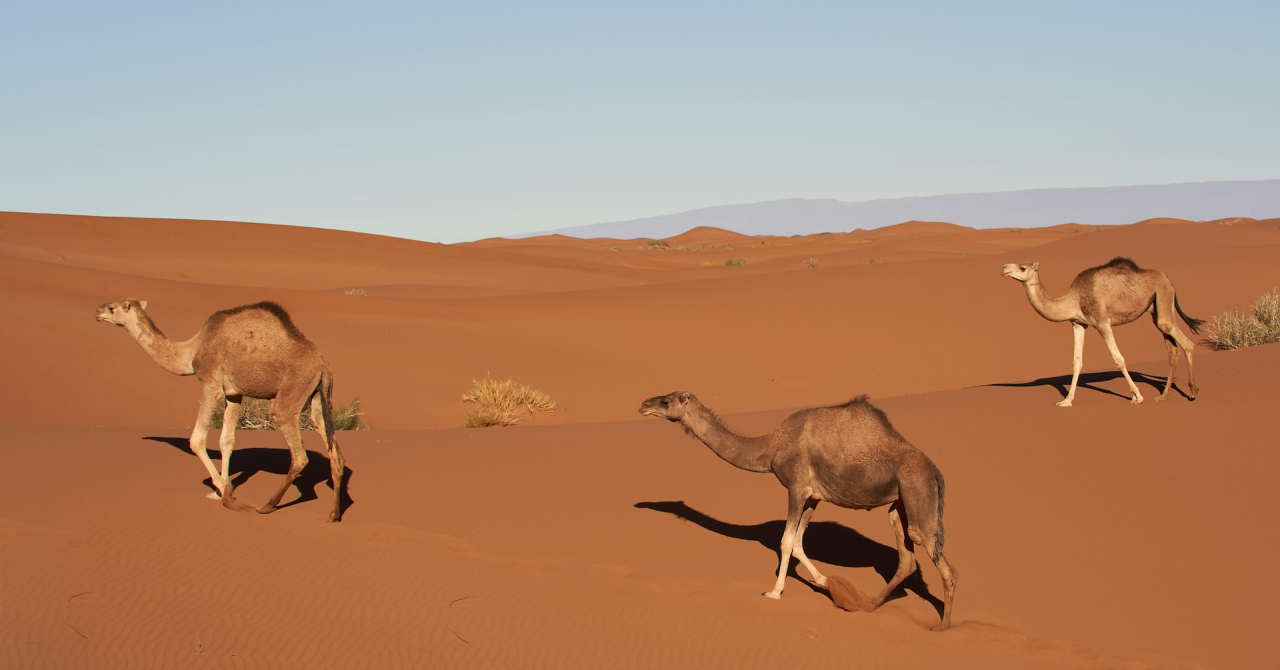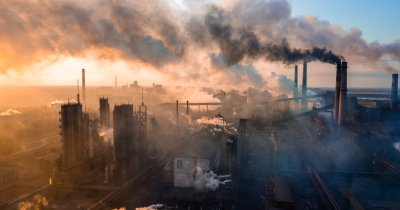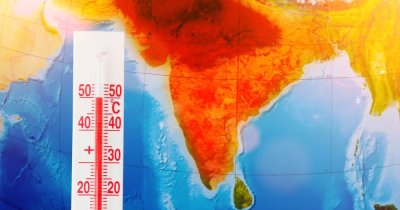The Guardian reports that in the category of vertebrates are included reptiles, birds and mammals, all of which are more exposed to more frequent than ever extreme heat events that also happen to last longer than before.
What's more, all of the species living in desert areas, such as the Sahara region, the Mojave Desert or in South America, will be exposed to unbearable heat levels and while it's hard to say whether they will all be gone, most of them could be extinct.
Lead author Gopal Murali said that "a couple of studies have shown recent climate warming trends match the 4.4C scenario much better than the other scenarios. We wanted to highlight the disastrous consequences for wildlife if we end up with a high, unmitigated emission scenario."
Amphibians and reptiles are expected to be the hardest hit by these extreme heat episodes, with 55% and 51% respectively being affected by them by end-century, as opposed to just 26% of the birds and 31% of the mammals.
Experts suggest within the report that, under a 3.6 degree Celsius scenario, 29% of terrestrial vertebrate beings will suffer due to unbearably high temperatures.
Should global warming be limited to 1.8 degrees, the number drops to 6% as scientists explain that "deep greenhouse gas emissions cuts are urgently needed to limit species’ exposure to thermal extremes."
Extreme temperatures also affect humans, as heatwaves tend to kill some 5 million people per year and heat-related deceases continue to increase.
Still, humans have some advantages in front of animals, such as the fact that they can take shelter or even turn on the air conditioning in some cases, a luxury that no wild animal can afford.
Dr Ryan Long, associate professor of wildlife sciences at the University of Idaho, who was not involved in the research, stated that "the authors make a compelling case that if current levels of emissions continue unchecked, a large percentage of the planet’s fauna will face unprecedented temperature extremes by the end of the century, especially in mid-latitude deserts, shrublands and grasslands."
 Mihai - Cristian Ioniță
Mihai - Cristian Ioniță












Any thoughts?